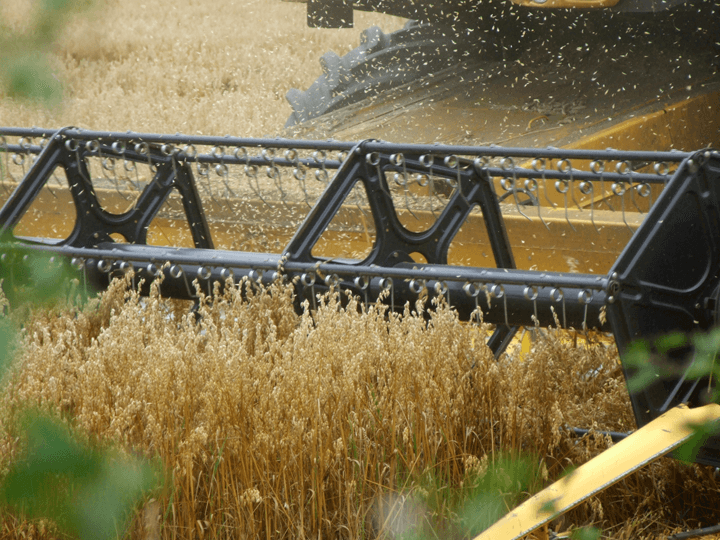It started to get hot at noon as the combine harvester was doing its job. Meanwhile, two Montagu’s Harrier chicks were moving in the nest. The job had to be done by the end of the afternoon, so the driver directed the harvester towards them at quite high speed. The chicks kept their beaks open in order to withstand the morning heat. There was a light smell of burnt oil in the air. But the machine stopped before the wooden post with a red flag, preventing a fatal ending for the chicks.
As we can see in the previous story, those chicks got saved because the nest was located and marked. The problem was solved thanks to volunteers from associations like GREFA, given that, as well as many steppe birds, this bird of prey does the egg-lying during the harvest. The solution to the problem is marking the nests, leaving stands or taking the chicks to boundaries between crops. The latter is always done with chicks under 10 days old. Another technique is “hacking”: the nest is fenced in with straw bales and the chicks are fed with tubes. The chicks set themselves free when they are ready to fly. This is all done during the breeding season, which is from April to the end of June. It can also be a problem, because it is on those dates when the short-cycle cereals are harvested. In countries like Holland and France researches have been carried out about the influence of this kind of cultivation on the species.
The population of this beautiful bird of prey in Europe is about 50 000 couples. In Spain there are more than 4 000 couples. The largest populations are located in Castile and León, Andalusia and Extremadura. It is a migratory bird that registers great crowds on its way through the Straits of Gibraltar. There are two migration flights: the first one in March-April and the second one in August-September. The end of the breeding season and the start of the migration is the best moment to observe them.
In any case, actions such as GREFA’s, conservation and information plans about the species and the eradication of the scourge of poison in our fields are part of the solution to the problem. That is the only way we could see the low flight of the Montagu’s Harrier and its soaring before catching a prey last over time.












